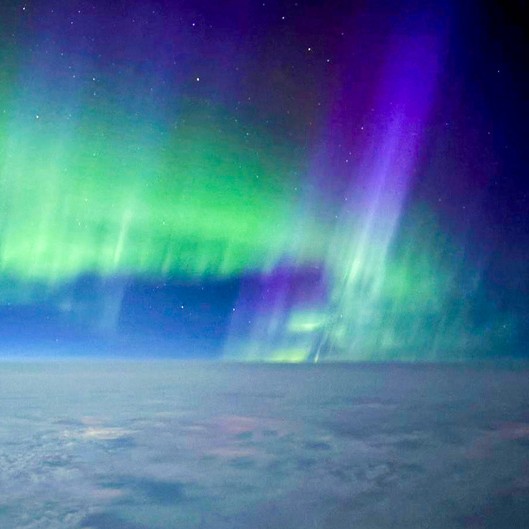
UM’s David Nolan is part of a team documenting the lifecycle of convective gravity waves from their creation by thunderstorms to their growth, upward movement, and eventual dissipation. Gravity waves “disrupt and redistribute vast amounts of energy and momentum from the lower to the upper stratosphere, affecting global circulation patterns and influencing weather and climate,” says Nolan.
“If we try to run models without accounting for them, then we get a very poor representation of our climate and weather.” However, data on convective gravity waves produced by thunderstorms are sparse. The scientists flew almost daily for a month, using LiDAR equipment to measure temperature variations and wind speeds of gravity waves spawned by storms. They also used airglow cameras to detect faint atmospheric emissions, giving them a better view of gravity wave structures.
View Related Expert Profiles: Go to Source